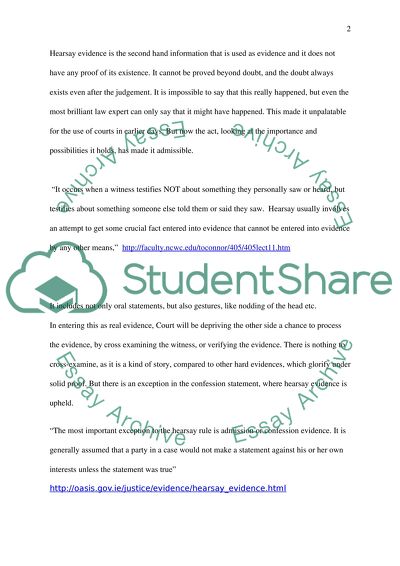Cite this document
(“Hearsay Evidence Essay Example | Topics and Well Written Essays - 3000 words”, n.d.)
Retrieved from https://studentshare.org/law/1528405-hearsay-evidence
Retrieved from https://studentshare.org/law/1528405-hearsay-evidence
(Hearsay Evidence Essay Example | Topics and Well Written Essays - 3000 Words)
https://studentshare.org/law/1528405-hearsay-evidence.
https://studentshare.org/law/1528405-hearsay-evidence.
“Hearsay Evidence Essay Example | Topics and Well Written Essays - 3000 Words”, n.d. https://studentshare.org/law/1528405-hearsay-evidence.


